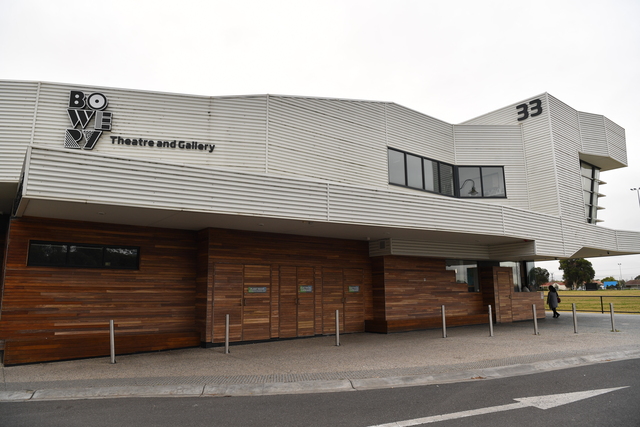Mention the word Heathcote and the first word that springs to mind is shiraz. It’s the region’s most widely planted grape and its shining light, but the region that’s built on ancient red Cambrian soils north of Melbourne is far from being a one-trick pony.
Heathcote has been referred to as the Australian Rhône Valley, with a continental climate that starts off cool in Tooborac and warms up as it heads north towards Colbinabbin. Just like the Rhône, a wide variety of grapes flourish, but it’s only more recently that grapes other than shiraz have started to grab some attention.
“Five years ago, around 80 per cent of the Heathcote wine region would have been planted to red grapes and, of that, 80 per cent would have been shiraz,” says Stephen Shelmerdine, proprietor of Shelmerdine Wines and a former director at Wine Australia.
“Certainly in the past three to five years new [vineyard] plantings have started to emerge and we now have a Joseph’s coat of different varieties and blends. It’s a much more interesting region than perhaps people thought it was going to be. People were perhaps a little conservative in their approach in the early days and planted shiraz, but didn’t chase other varieties.”
The arrival of Brown Brothers, which plants a wide variety of grapes and tests the wines’ success at its Milawa cellar door, and the Chalmers family, who are pioneers of Italian varieties, has made a big difference to the diversity of grape varieties planted in Heathcote.
These days you’re just as likely to see fiano or viognier filed on wine lists under white wines, while tempranillo, grenache, and mourvèdre will appear in the red wine sections. Despite many grape varieties and wine styles thriving, Shelmerdine firmly believes that Heathcote’s future – and indeed Australia’s – lies with wines made from a blend of different grapes rather than single varietal wines. He sees Heathcote being similar, in a way, to Bordeaux and southern France, where the wines of Châteauneuf-du-
Pape can include up to 18 grape varieties.
“In my heart of hearts, I thought that interesting blends would be the way that Heathcote would eventually evolve. It will, but we’re not there yet,” he says. “Because of the interesting experimentation in recent years, Heathcote could really carve out a new niche for itself with really interesting blends.”
While blends and a wide array of grape varieties may be Heathcote’s long-term future, shiraz is the grape that put the region on the map. And as the new varieties find their feet, shiraz is also the region’s best performer. Its potential is still to be realised – after all, the region was only classified in 1998.
“We started really noticing the characters of northern, central and southern Heathcote shiraz in 2005 after a terroirs tasting and by 2010 it was obvious,” Shelmerdine says.
“Broadly speaking, in the northern sites you get rich, ripe dark-berry, dark-fruit characters and by the central area you get a more subdued version of that. In Heathcote, on the granite soils, we are seeing lots of raspberry, violets, white-pepper characters – cooler-climate characters. We see a savouriness wherever the fruit is from, provided it’s picked in 13-14.5 per cent [alcohol] spectrum.”







